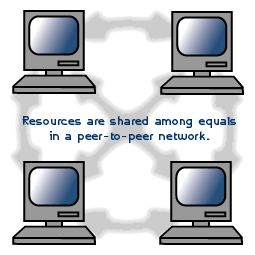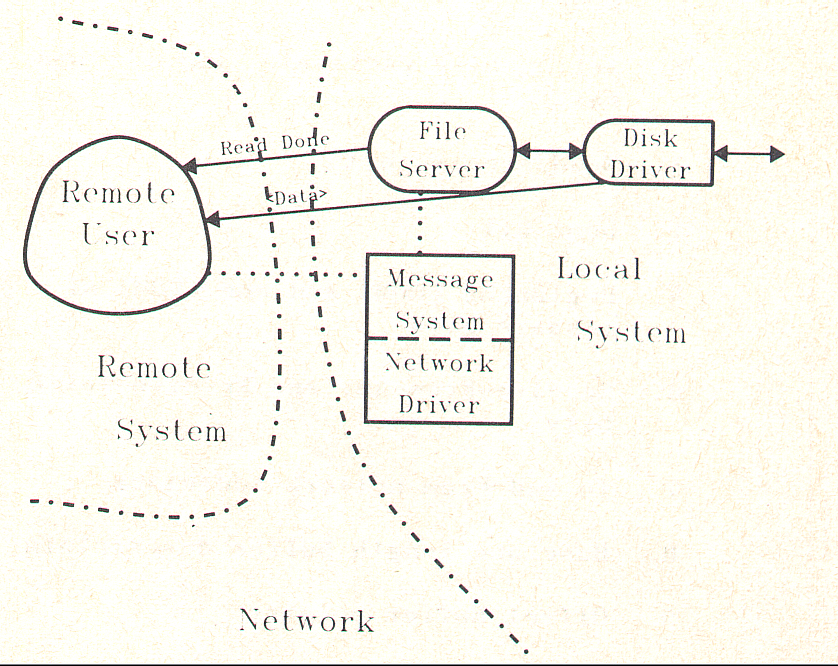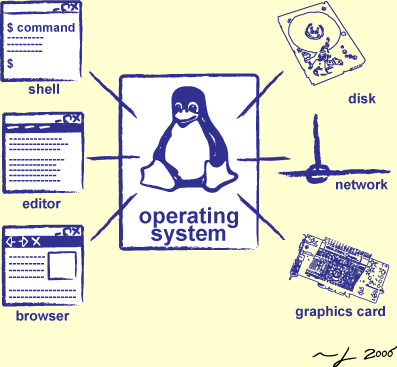Network Operating Systems Details
The client is the end user of the network and needs to be secured the most. The client end usually exposes data through the screen of the computer. Client connections to server should be secured through passwords and upon leaving their workstations clients should make sure that their connection to the server is securely cut off in order to make sure that no hackers or intruders are able to reach the server data. Not only securing the workstations connection to the server is important but also securing the files on the workstation (client) is important as it ensures that no hackers are able to reach the system. Another possibility is that of introducing a virus or running unauthorized software on the client workstation thus threatening the entire information bank at the server (Exforsys Inc., 2007).
The users themselves could also be a security threat if they purposely leave their IDs logged in or use easy IDs and passwords to enable hacking. Users may also be sharing their passwords in order to give the hackers access to confidential data (Wilson, Lin, & Craske, 1999). This can be overcome by giving passwords to each client and regularly asking clients to change their passwords. Also passwords should be checked for guessability and for their strength and uniqueness.
The Network
The network allows transmission of data from the clients to the server. There are several points on the network where a hacker could eavesdrop or steal important packets of information. These packets may contain important confidential data such as passwords or company details. It is important that these networks are secured properly to keep unauthorized professionals away from all the data stored on the server. This can be done by encrypting important data being sent on the network. However, encryption may not be the only possible way of protecting networks as hackers can work their way around encryption. Another method could be conducting security audits regularly and ensuring identification and authorisation of individuals at all points along the network. This should discourage potential hackers (Wilson, Lin, & Craske, 1999). Making the entire environment difficult to impersonate also makes sure that the clients are reaching the true files and applications on the server and that the server is providing information to authorized personnel only.
The users themselves could also be a security threat if they purposely leave their IDs logged in or use easy IDs and passwords to enable hacking. Users may also be sharing their passwords in order to give the hackers access to confidential data (Wilson, Lin, & Craske, 1999). This can be overcome by giving passwords to each client and regularly asking clients to change their passwords. Also passwords should be checked for guessability and for their strength and uniqueness.
The Network
The network allows transmission of data from the clients to the server. There are several points on the network where a hacker could eavesdrop or steal important packets of information. These packets may contain important confidential data such as passwords or company details. It is important that these networks are secured properly to keep unauthorized professionals away from all the data stored on the server. This can be done by encrypting important data being sent on the network. However, encryption may not be the only possible way of protecting networks as hackers can work their way around encryption. Another method could be conducting security audits regularly and ensuring identification and authorisation of individuals at all points along the network. This should discourage potential hackers (Wilson, Lin, & Craske, 1999). Making the entire environment difficult to impersonate also makes sure that the clients are reaching the true files and applications on the server and that the server is providing information to authorized personnel only.
Network Operating Systems
Network Operating Systems
Network Operating Systems
Network Operating Systems
Network Operating Systems
Network Operating Systems
Network Operating Systems
Network Operating Systems
Network Operating Systems
Network Operating Systems
Network Operating Systems
Network Operating Systems
Network Operating Systems
Network Operating Systems
Network Operating Systems
Network Operating Systems
Network Operating Systems
Network Operating Systems
Network Operating Systems
Network Operating Systems
Network Operating Systems
Network Operating Systems
Network Operating Systems
Network Operating Systems
Network Operating Systems
Network Operating Systems
Network Operating Systems
Network Operating Systems
Network Operating Systems
Network Operating Systems
Network Operating Systems
Network Operating Systems
Network Operating Systems
Network Operating Systems
Network Operating Systems
Network Operating Systems
Network Operating Systems
Network Operating Systems
Network Operating Systems



















No comments:
Post a Comment